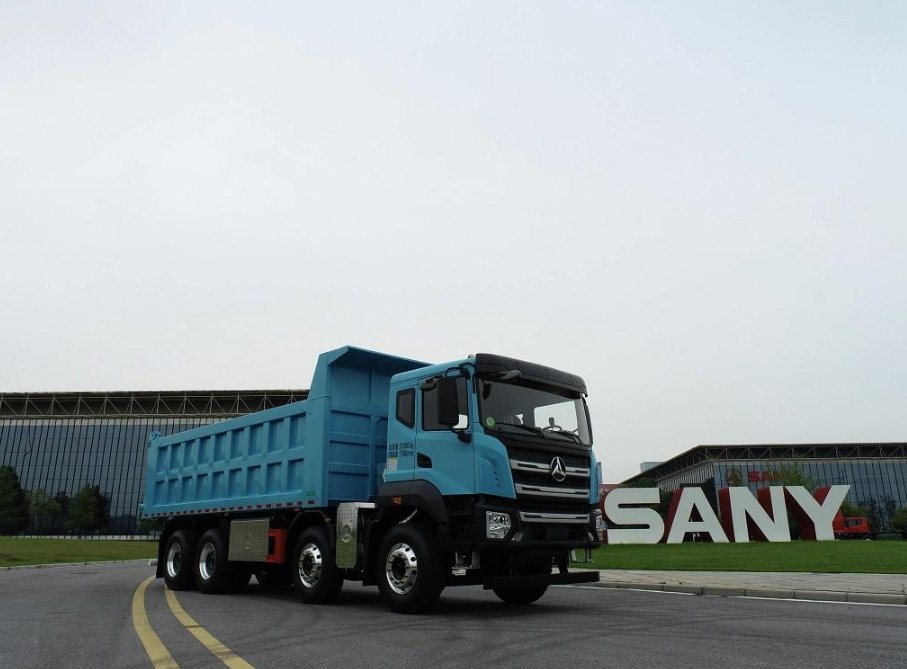Selecting the ideal dump truck for construction operations requires careful evaluation of multiple factors to ensure optimal performance and return on investment. The perfect match depends on understanding specific project requirements, operational conditions, and long-term business objectives. From standard dump trucks to articulated haulers, each type offers distinct advantages for different construction scenarios. This comprehensive guide examines key considerations, including payload capacity, terrain adaptability, maintenance requirements, and operational efficiency. By systematically analyzing these elements, construction professionals can make informed decisions that align equipment capabilities with project demands, ultimately enhancing productivity while controlling costs. The right dump truck becomes a strategic asset that drives project success through reliable performance and operational versatility.
Analyzing Project Requirements and Operational Conditions
Assessing Site Conditions and Terrain Challenges
The worksite environment fundamentally influences truck dump truck selection. For rough, uneven terrain common in new development projects, articulated dump trucks with pivot-point steering and all-wheel drive provide superior maneuverability and traction. Paved road applications benefit from standard rigid dump trucks that offer higher speed capabilities and lower operating costs. Projects with space constraints require shorter wheelbase models for better turning radius, while large-scale earthmoving operations need higher capacity trucks to maximize material movement. Evaluate ground conditions, grade severity, and space limitations to determine whether your operation requires specialized features like differential locks, low-pressure tires, or enhanced suspension systems for optimal performance and safety in specific working environments.
Matching Truck Capacity to Project Scale
Payload capacity directly impacts project efficiency and profitability. Smaller construction projects typically benefit from 10-20 ton capacity trucks that balance maneuverability with adequate hauling capacity. Medium-scale operations often utilize 25-35 ton trucks for optimal efficiency in earthmoving and site development. Large infrastructure projects may require 40-ton+ capacity trucks to move massive material volumes economically. Consider both single-load capacity and cycle times—higher capacity trucks reduce total trips but require adequate loading equipment and space for operation. Analyze daily material movement requirements to determine the most efficient size that minimizes cycle times while matching your loading equipment’s capabilities and project timeline constraints.

Evaluating Key Technical Specifications and Features
Powertrain Performance and Efficiency Considerations
Engine power and transmission type significantly impact operational efficiency in construction applications. Diesel engines remain the industry standard, with horsepower ratings needing to match expected loads and terrain conditions. Automatic transmissions simplify operation in stop-start conditions, while manual transmissions provide greater control on steep grades. Consider fuel efficiency features like engine idle shutdown systems and eco-mode settings that reduce operating costs during extended projects. For SANY dump trucks, the integrated powertrain systems are engineered to provide optimal power delivery while maintaining fuel efficiency through advanced engine management technology. Evaluate torque curves and gradeability specifications to ensure adequate performance for your specific haul road conditions and load requirements.
Chassis and Body Design for Material Specifics
The dump body design must correspond to the materials being hauled. For abrasive materials like rocks and demolition debris, high-strength steel bodies with reinforced corners and abrasion-resistant liners extend service life. Lightweight aluminum bodies maximize payload capacity when hauling less dense materials like topsoil or clay. Body length and slope angle affect loading efficiency and material discharge—steeper slopes ensure complete unloading of sticky materials. Consider auxiliary systems like tailgates (roller-style for controlled discharge, barn-door for rapid dumping) and body liners that match your primary materials to optimize operational efficiency and minimize material retention issues.
Operational Costs and Support Considerations
Maintenance Requirements and Service Accessibility
Dump truck maintenance directly impacts total ownership costs and equipment availability. Evaluate service intervals for key components like engines, transmissions, and hydraulic systems. Models with centralized grease points and easy-access service panels reduce maintenance time and costs. Diagnostic systems that provide early warning of potential issues help prevent major repairs. For SANY construction equipment, the comprehensive dealer network ensures parts availability and technical support, minimizing downtime through prompt service response. Consider the availability of local service technicians and parts inventory when selecting models, as quick turnaround on repairs is crucial for maintaining project schedules in time-sensitive construction operations.
Lifecycle Value and Resale Considerations
The total cost of ownership extends beyond the initial purchase price to include fuel consumption, maintenance, and eventual resale value. Established brands typically maintain higher residual values due to parts availability and market recognition. Documented maintenance history and service records significantly enhance resale potential. Evaluate warranty terms and support packages that protect against major repair costs. Consider the expected service life relative to your business plans—long-term projects justify investment in more durable components, while short-term needs may prioritize lower initial cost. Analyzing these factors ensures your dump truck selection provides optimal value throughout its operational life in your construction business.
Conclusion
Selecting the ideal dump truck for construction requires balancing multiple operational and financial factors to find the perfect equipment solution. The optimal choice integrates specific project requirements with realistic assessments of operating conditions and long-term business objectives. From accurate payload matching to terrain-specific features and comprehensive support networks, each element contributes to successful equipment utilization. The right dump truck becomes a productivity multiplier that enhances operational efficiency while controlling costs. By applying this structured selection methodology, construction professionals can make informed decisions that yield maximum returns through reliable performance, minimized downtime, and extended equipment life—ultimately contributing to project success and business growth in the competitive construction industry.